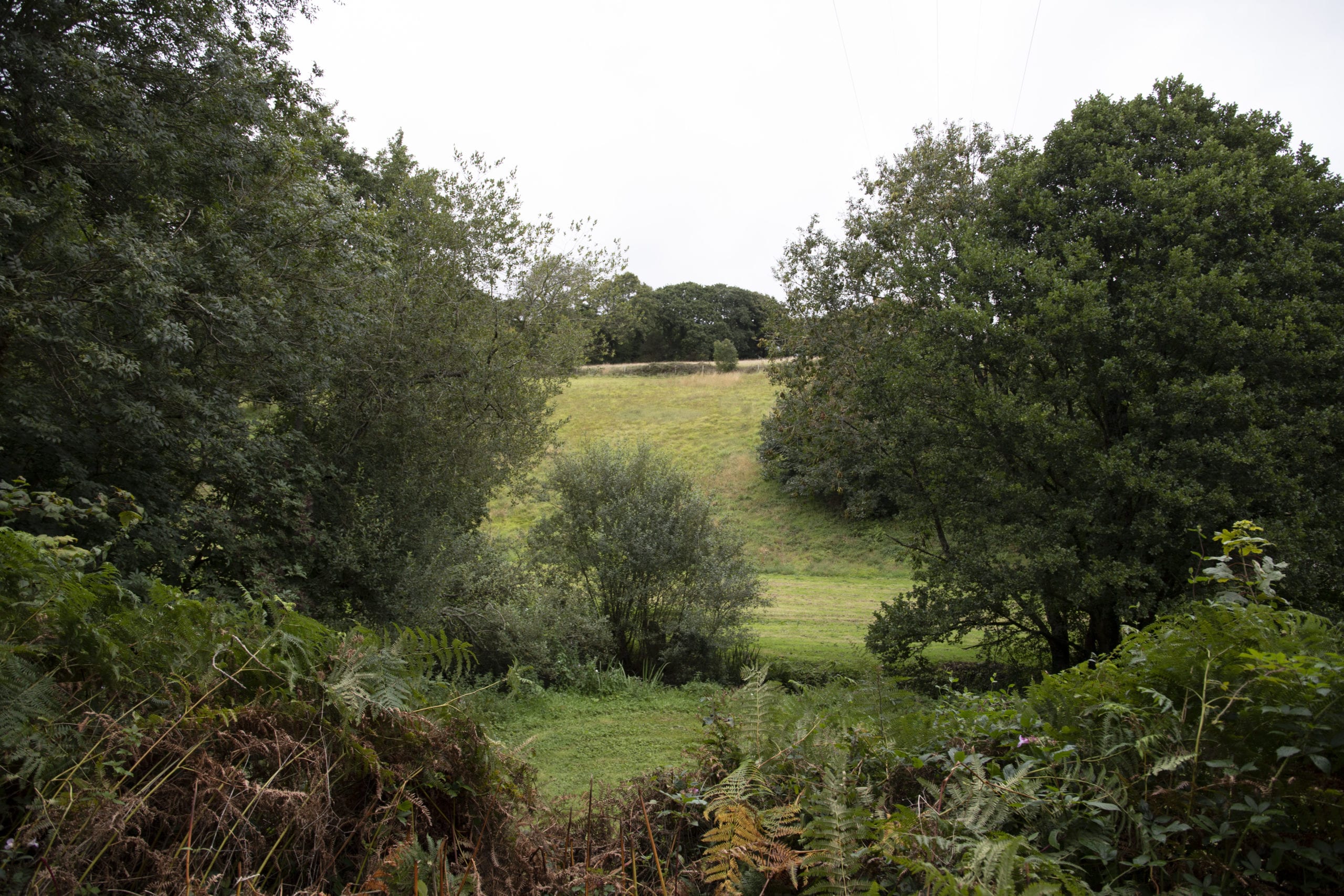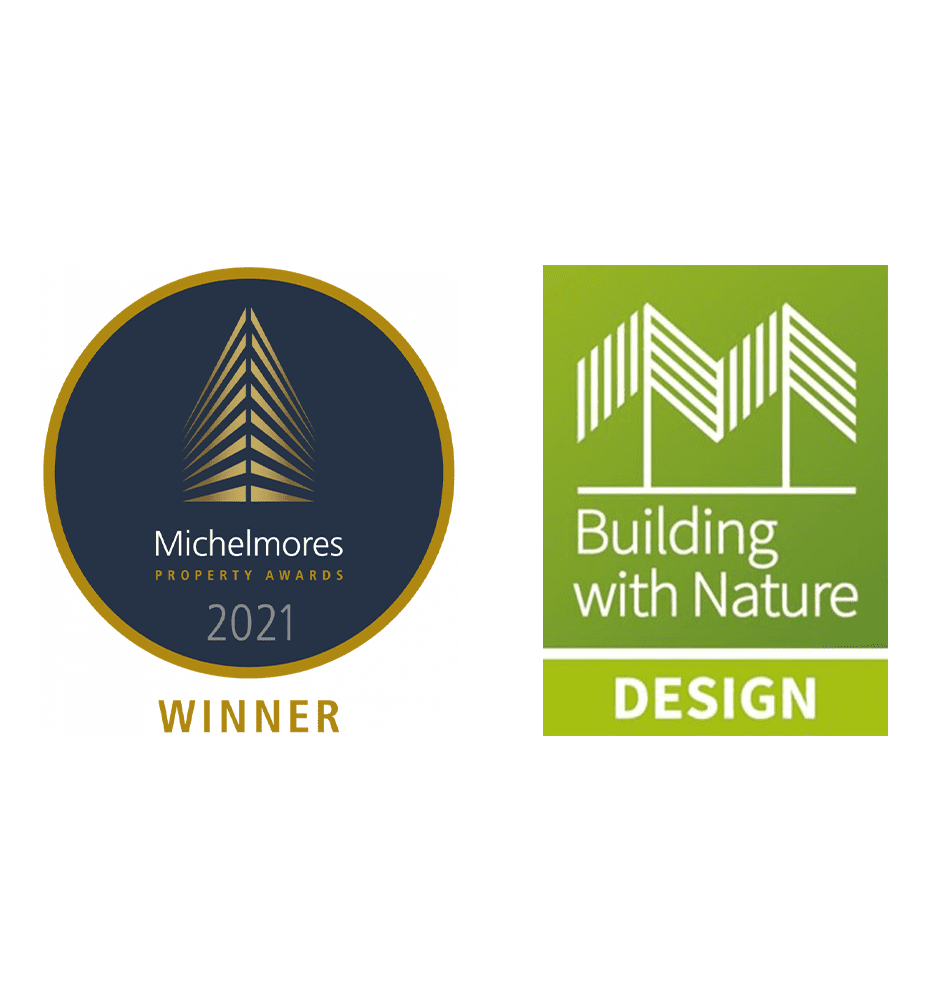We want Langarth Garden Village to be a sustainable community that sits within a biodiverse and hard-working landscape. Minimising the impact of development on the natural environment and protecting, enhancing and providing new opportunities for wildlife and nature at Langarth is just as important to us as providing homes for human residents.
Our plans for Langarth are based on increasing biodiversity levels by up to 20% across the whole site – double the current 10% minimum requirement.
Protecting wildlife and existing habitats
Research shows that agriculture can actually reduce biodiversity through fragmenting natural habitats and their species; overgrazing, leading to the release of pollutants such as greenhouse gases within crops and soils, and the use of pesticides. This means that much of the existing farmland at Langarth has low levels of biodiversity.
To understand what was already on the land, we carried out extensive research to identify the habitats and habits of species such as bats, owls, kingfishers, voles, badgers and more to ensure that the most valuable habitats are protected, and others are created. We have also carried out a full environmental impact assessment as part of our planning application, including transport impact, air quality and noise assessments.
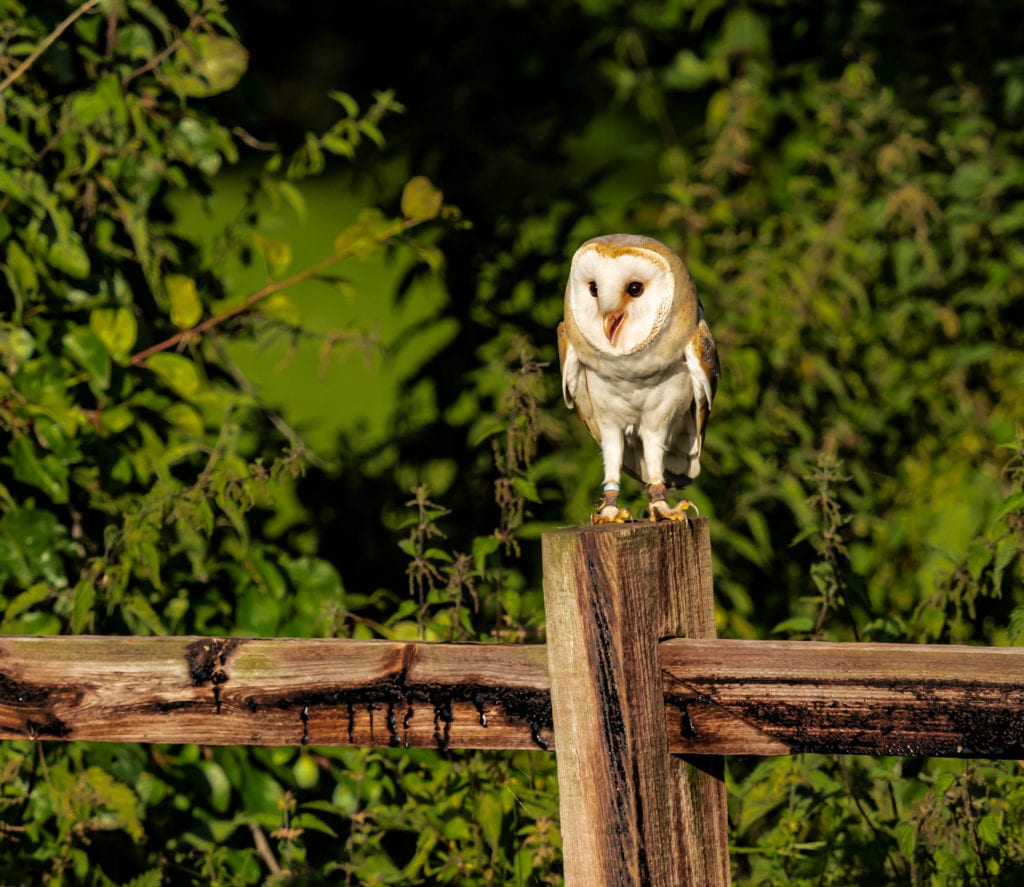
Using this information we have developed a masterplan which sets the new development within historic fields to minimise impact on existing hedgerows.
We will also be creating new Cornish hedges and wildflower meadows, and using sustainable drainage with swales, ponds and wetland areas as a natural flood prevention system, providing habitats for insects, songbirds, badgers, otters and other amphibians. Natural and wildlife friendly species of trees, plants, and shrubs , which support more wildlife, will be used to create natural or semi-natural habitats.
Robust design codes will ensure that the buildings and other structures on the site incorporate green roofs or green walls.
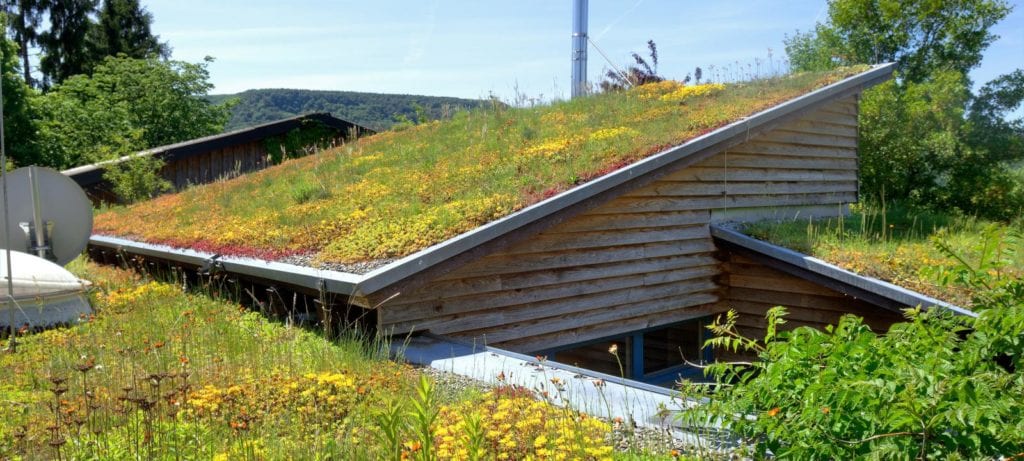
They will also have bird boxes, bat boxes and bat bricks and, where appropriate, incorporate barn owl or bat ‘lofts, together with hedgehog holes in fences to allow the animals to easily move between gardens.
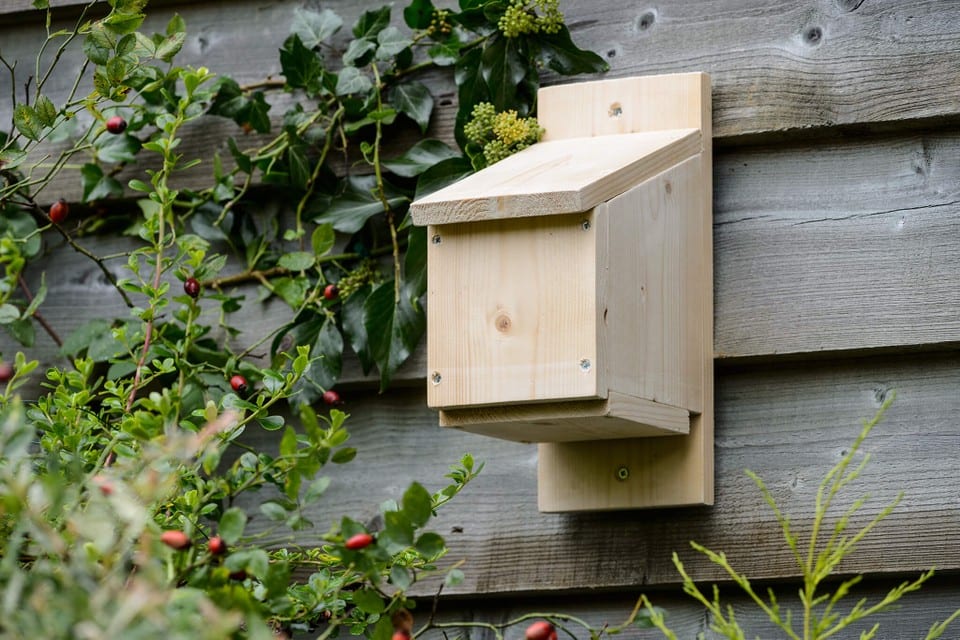
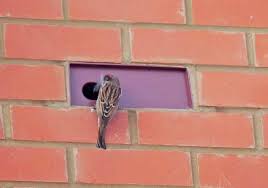
Future home owners will be encouraged to leave an area of their garden a bit “wild” to encourage wildlife, and to plant pollinator friendly plants and small trees, etc.
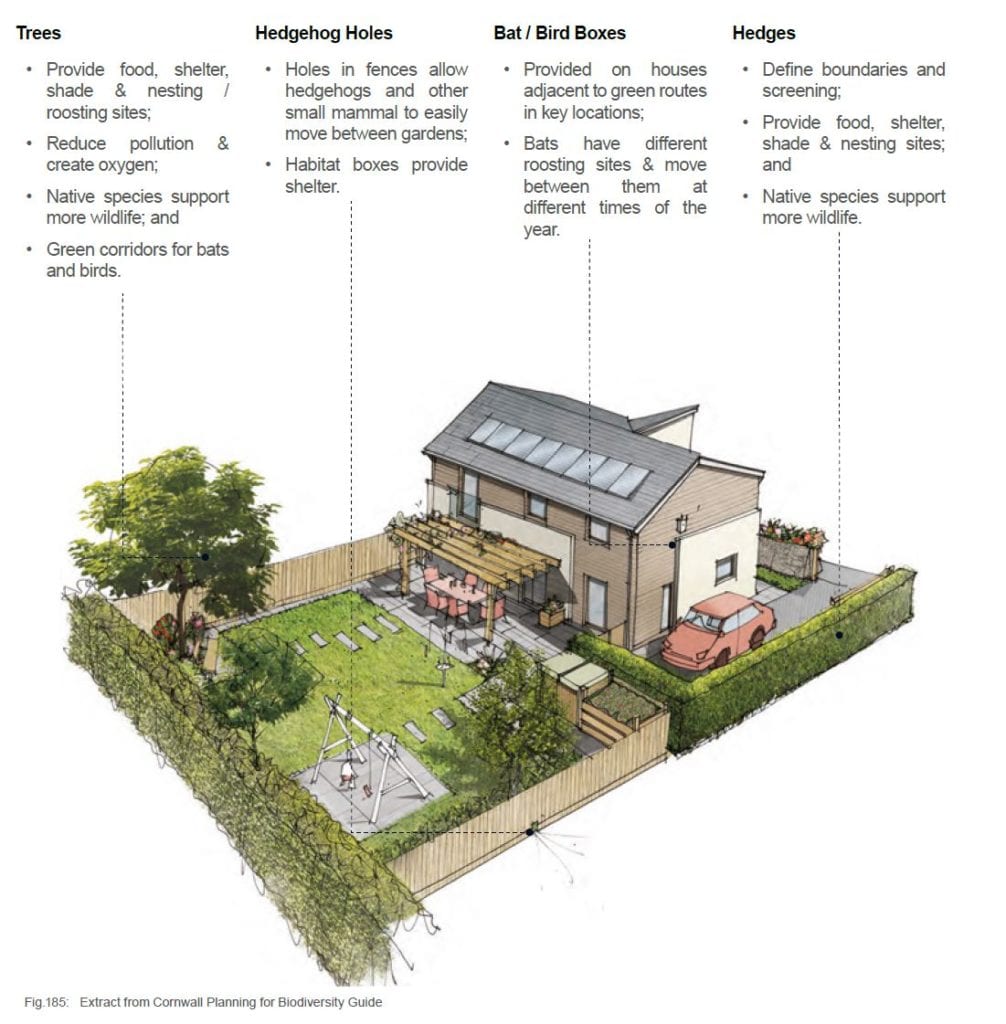
Growing trees
Did you know that one of the easiest ways you can help nature is by growing and planting a native tree!
As well as managing existing woodland, retaining existing ancient and mature trees and trees with cracks, splits, deadwood and lifted bark, we will also be planting over 5 hectares (12 acres) of new woodland as part of the Forest for Cornwall and other trees throughout the site.
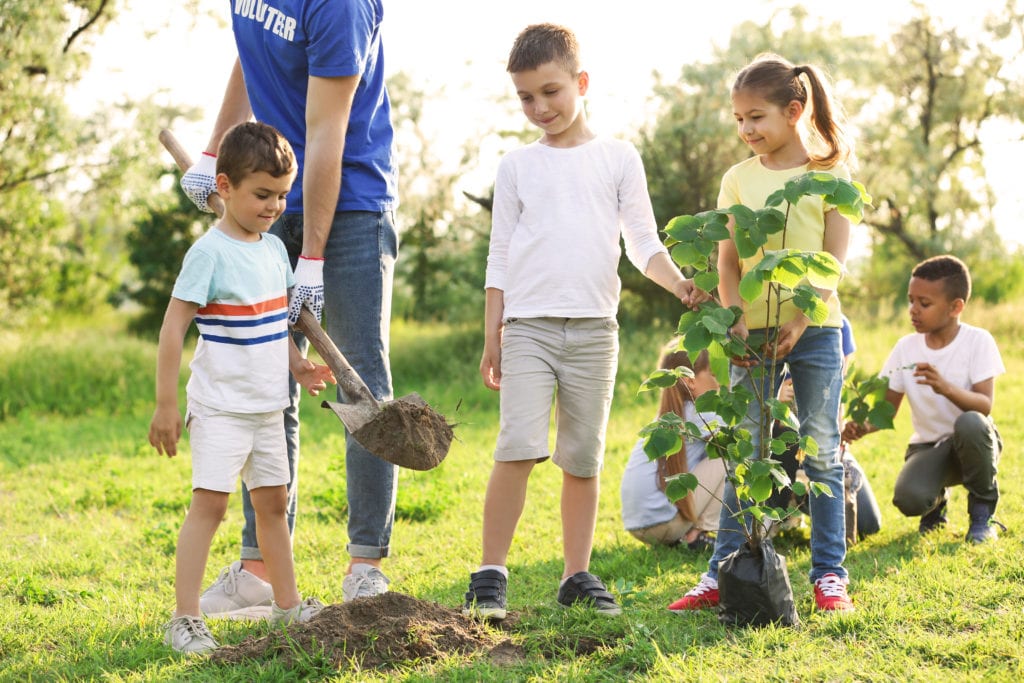
This will provide food, shelter, shade and nesting and roosting sites for wildlife, as well as supporting cleaner air and helping to capture carbon and providing a buffer against development. We are also planning to create our own tree nursery using native species on the site.
Working with the landscape
We have redesigned the main road through the site as a boulevard style avenue which will sit alongside attractive woodlands and hillside areas. Walkable green corridors, new cycleways and pedestrian walkways, nature trails and river and woodland walks will connect all parts of the development and improve access to the existing countryside, as well as providing natural corridors for wildlife to move through.
The new housing will be located within the landscape and connected with the existing settlements through planting along the A390. Allotments, community gardens and community orchards will be provided to support food production and bring communities together, with bee hives incorporated into communal gardens to assist with pollination.
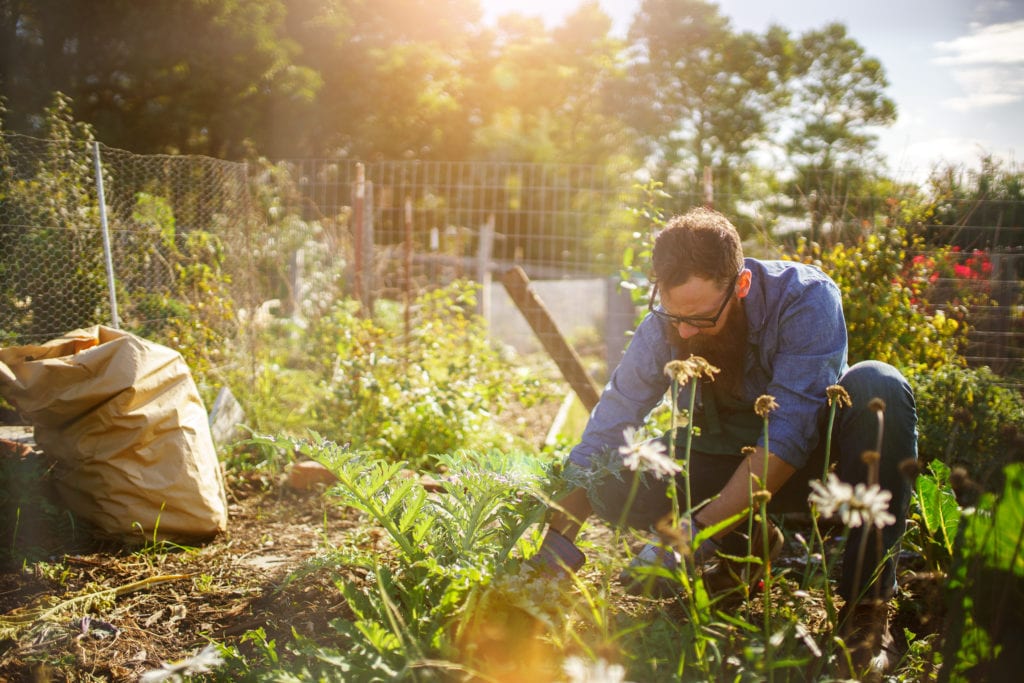
Together these measures will increase biodiversity by up to 20% across the whole site compared with the current farmland.
